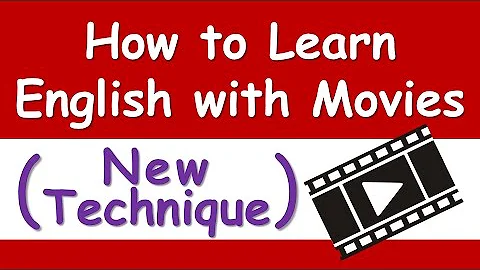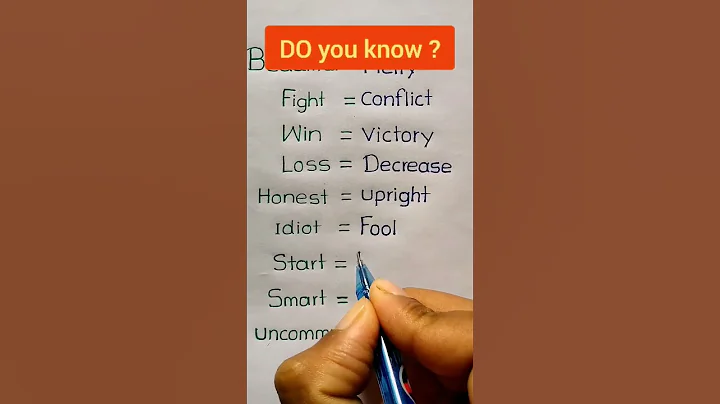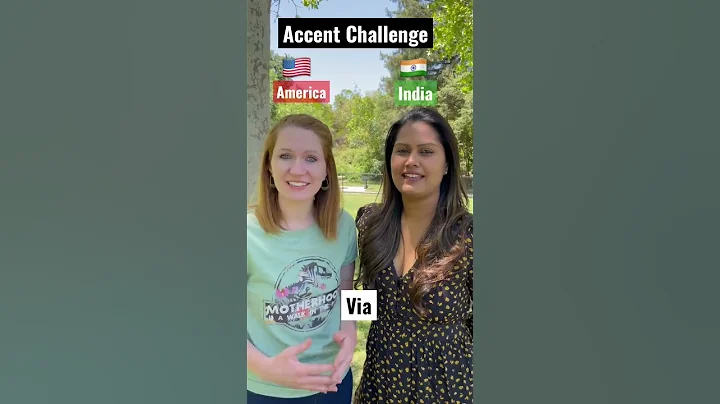1: Students are prone to error
1. A, an option: Use an in words starting with vowel phonemes, and use a.
2. am , is , are: Use is for singular numbers, use are for plural numbers, use am for I, and use are.
3. have , has the choice: means someone has something. There is, there are the choice: means there is something or someone in a certain place. There is for singular numbers, there are.
5. Some, any choice: use some for positive sentences, use any.
6. Selection of question words: what (what) who (who) where (where) who (who) why (why) when (when) which (which) how old (how big) how many (how much) how much (how much)

2: Detailed explanation of adjectives
When we need to compare things, we need to use comparison level. The sentence structure of the comparative level is usually:
what + verb be (am , is , are ) + adjective comparative level + than (comparative) + what , such as:
I’m taller and heavier than you. (I am taller and heavier than you.)
An elephant is bigger than a tiger. (A elephant is bigger than a tiger.)
The comparative level of the adjective changes based on the adjective, and its changing rules are:
① Generally, add er directly at the end of the word, such as tall - taller , strong - stronger ,
② If ending with e, add r directly, such as fine – finer ,
③ If the consonant letter is added with y, change y to i and then add er, such as funny - funnier
④ If you write the last letter twice, add er, such as big – bigger, thin – thinner ,hot – hotter
☆Note☆The two comparisons should be corresponding and comparable things.
Typical error: My hair is longer than you. (My hair is longer than you.)
compares the two of my hair, you (the whole person), so there is no comparison between the comparison objects.
Change to: My hair is longer than yours. Or My hair is longer than your hair.
Comparative level special exercise:

1. Select the appropriate word from the following to complete the sentence
heavy tall long bigbig
(1) How is the Yellow River?
(2) How is Mr Green? He’s 175cm.
(3) How are your feet? I wear size 18.
(4)How is the fish? It’s 2kg.
2. Write the missing word
(1) I’m 12 years old. You’re 14. I’m than you.
(2) A rabbit’s tail is than a monkey’s tail.
(3) An elephant is than a pig.
(4) A lake is than a sea.
(5) A basketball is than a football. (Precious)
3. Write the question according to the answer
(1) I’m 160 cm.
(2) I’m 12 years old.
(4) Amy’s hair is 30 cm long.
4: Detailed explanation of the past tense of verbs The composition rules of the past tense of verbs are:
A, the regular verb
① Generally, ed is added directly after the verb: such as worked, learned, cleaned, visited
② The verb ending with e is added directly: such as live , danced , used
③ Verbs ending with consonant letters plus y should be changed to i and added to ed (there are fewer verbs of this type)
such as study – studied carry – carried worry – worried
(note that play and stay are not consonant letters plus y, so they do not belong to this category)
④ Double-write the last letter (there are fewer verbs of this type) such as stopped
B, irregular verbs (there are no rules for this type of word, it must be memorized) In primary school, remember the original form and past tense of the following verbs: sing – sang , eat – ate ,
see – saw , have – had , do – did , go – went , take – took , buy – buy , get – got , read – read ,fly – flew , am/is – was ,
are – were , say – said , leave – left , swim – swam , tell – told , draw – drew , come – came , lose – lost , find – found , drink – drank , hurt – hurt , feel – felt 1
5: Detailed explanation of the current participle of verbs The composition rules of the ing form of verbs:

① Generally, you can add ing directly after it, such as doing, going, working, singing, eating
② For verbs ending with e, you should first go to e and then add ing, such as having, writing
③ Double-write the last letter (verbs of this type are very rare) include: running, swimming, sitting, getting
Six: person sum
person pronouns The main pronoun
main pronoun
main pronoun Binger
first person singular I (me) me my (my)
plural we (we) us our (our)
second person singular you (you) you your (your)
plural you (your) you your (your)
3rd person singular he (he) him his (his)
she (her) her (her) it (it) it its (it)
plural they (they/they/they) them their
(they/they/they)
7: Sentence pattern special classification
1, affirmative sentence: refers to a sentence stated in a positive tone,
such as: I’m a student. She is a doctor. He works in a hospital.
There are four fans in our classroom. He will eat lunch at 12:00. I watched TV yesterday evening.
2. Negative sentence: a sentence containing a negative word or a negative meaning,
, such as: I’m not a student. She is not (isn’t) a doctor.
He does not (doesn’t) work in a hospital.
There are not (aren’t) four fans in our classroom.
He will not (won’t) eat lunch at 12:00.
I did not (didn’t) watch TV yesterday evening.
☆Note☆ Summary: The negative sentence mainly adds the negative word "not" to the positive sentence. If a sentence with a verb be is added "not" after be, it can be abbreviated as "isn't, aren't", but am not is generally written separately. For sentences without verb be, you need to first add an auxiliary verb (do, does, did) before the main verb, and then add "not" after it. You can also abbreviate them together such as "don't , doesn't , didn't , didn't ).These three auxiliary verbs should be selected based on personal and tense. "does" is only used in when the subject of is third-person singular , while "did" is only used in general past. No matter what person and number the subject is, "did" is used.
3, General question sentence : refers to sentences that ask about facts. Such sentences must be answered with "yes" or "no".
For example: Are you a student? Yes, I am / No, I’m not.
Is she a doctor? Yes, she is. / No, she isn’t.
Does he work in a hospital? Yes, he does. / No, he doesn’t.
Are there four fans in our classroom? Yes, there are. / No, there aren’t.
Are you going to buy a comic book tonight? Yes, I am. / No, I am not. (Yes, we are. / No, we aren’t.)
Will he eat lunch at 12:00? Yes, I will. / No, I will not(won’t).
Are they swimming? Yes, they are. / No, they aren’t.
Did you watch TV yesterday evening? Yes, I did. / No, I didn’t.
☆Note☆ Summary: Generally, question sentences are based on affirmative sentences.
① to adjust the verb be to the first position, and other words are written, and the punctuation mark at the end becomes a question mark.
②Sentences without verb be should add an auxiliary verb (do, does, did) at the beginning of the sentence and then turn the verb immediately following back back to its original form, and the punctuation mark at the end becomes a question mark. The three auxiliary verbs
should also be selected based on personal and tense. "does" is only used in the case where the subject is a third-person singular number in the general present, while "did" is only used in the general past. No matter what person and number the subject is, "did" is used. There is an important principle in general question sentences that the question and answer must be consistent, that is, the first word in the question (ancillary verb) and the word in the brief answer sentence are consistent.
4. Special question sentences: sentences that start with special question words (what, where, who, which, when, whose, why, how, etc.). Such sentences should be answered whatever you should ask, and cannot be answered with "yes, no". For example:
What is this? It’s a computer.
What does he do? He’s a doctor.
Where are you going? I’m going to Beijing.
Who played football with you yesterday afternoon? Mike.
What season do you like best? Summer.
When do you usually get up? I usually get up at 6:30.
Whose skirt is this? It’s Amy’s.
Why do you like spring best? Because I can plant trees.
How are you? I’m fine. / I’m happy.
How did you go to Xinjiang? I went to Xinjiang by train.
☆How can it be used with some other adjectives to form special question phrases to ask questions, such as: how many (how much (how much (how much (how much)), how much (how tall), how long (how long), how big (how big), how heavy (multiple)
Example sentence: How many pencils do you have? I have three pencils.
How many girls can you see? I can see four girls.
How many desks are there in your classroom? There are 51.
☆Summary: how many The number of countable nouns used to ask questions is mainly the above three sentence combinations,
How many + Noun plural + do you have? How many do you have...?
How many + plural noun + can you see? How many can you see...?
How many + plural noun + are there…? How many...?
8: Complete, abbreviated form: I’m=I am he’s=he is she’s=she is they’re=they are you’re=there is there’s=there is they’re=they are can’t=can not don’t=do not doesn’t=does not isn’t=is not aren’t=are not let’s=let us won’t=will not I’ll=I will wasn’t=was not
Summary: Normally, 'm is am, 's is (but let’s=let us), 're is are, n’t is not (but can’t=can Not)
9: The question type related to letters
(Note: The five vowel letters are Aa Ee Ii Oo Uu)











